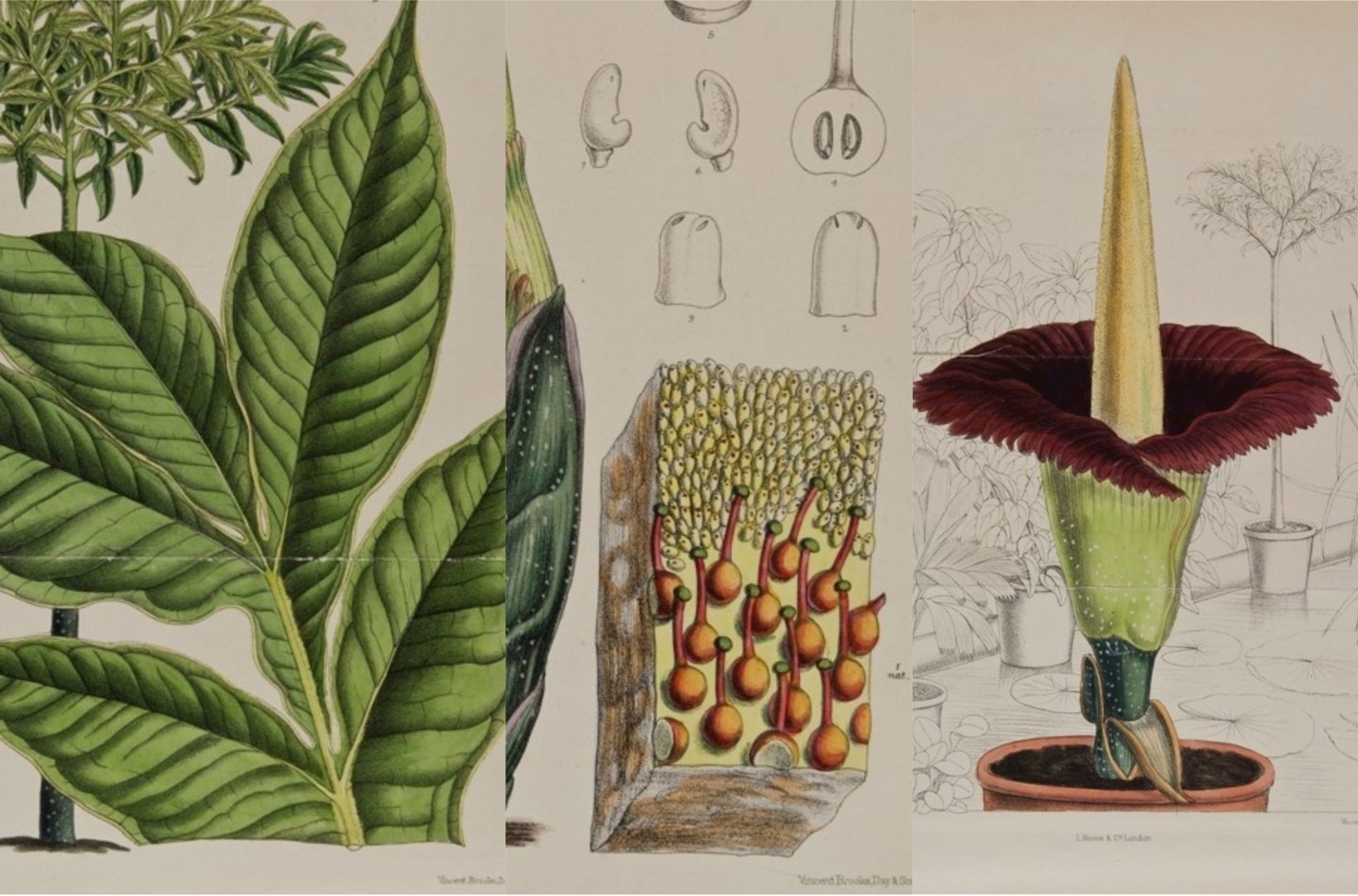
Award for smelliest performance at the Fringe goes to the Botanics?
-
Festival audiences are being invited to turn-up their noses at one show in Scotland’s capital this week. An energetic young personality at the Royal Botanic Garden Edinburgh (RBGE) is ready to put on a performance and create a bit of a stink for anyone interested in witnessing something of the natural world’s bizarre – and potentially slightly whiffy wonders!
Just weeks after the Garden’s world record-breaking Amorphophallus titanum (titan arum) corm produced an amazing third bloom in four years, a considerably smaller plant - established from a leaf cutting of the original – is preparing to do likewise. Just like the parent, sometimes referred to as a “corpse flower”, it could smell somewhat putrid in the process.
The 10-year-old progeny, to be found in RBGE’s Rainforest Riches Glasshouse, will enjoy a quieter time in the spotlight than the parent plant, which has grown its own social media following and had thousands attend special late night public openings, with international press interest. However, despite the lack of fanfare, this ‘Wee Reekie’ is no less interesting to the RBGE horticulturists breeding and caring for plants and the scientists who are studying them. The data being collected at Edinburgh is part of an international operation to unlock the life secrets of this enigma of the plant world.
“This younger, smaller, plant will not receive late public openings as the parent,” said horticulturist Nathan Kelso, one of the team responsible for nurturing some four thousand species in the public and research Glasshouses. “Nevertheless, it is an important landmark for us in learning about the amorphophallus titanum species. Ultimately, we can start transferring that knowledge into finding out more about how they behave in their native habitat.”
The horticulturist’s sentiments were echoed by tropical botanist Dr Mark Hughes who stressed specialists around the world still have many challenges before unravelling the story of the world’s largest inflorescence, known only to grow in the wild in western Sumatra: “Having formally secured its status as ‘Endangered’ in the wild, we need to continue working with colleagues in Indonesia and elsewhere to learn more about this plant and why it behaves the way it does. Only then can we start implementing conservation and education strategies to secure its natural habitat,” he added.
Similar news stories
See all newsBotanics Recommends
-
Explore our range of unique gifts and more. Every purchase supports the Garden.
-
Explore our unique venues, suitable for every occasion
-
Discover a range of books inspired by the RBGE's work and collections
-
Cultivate your curiosity with our programme of courses for all ages and interests.